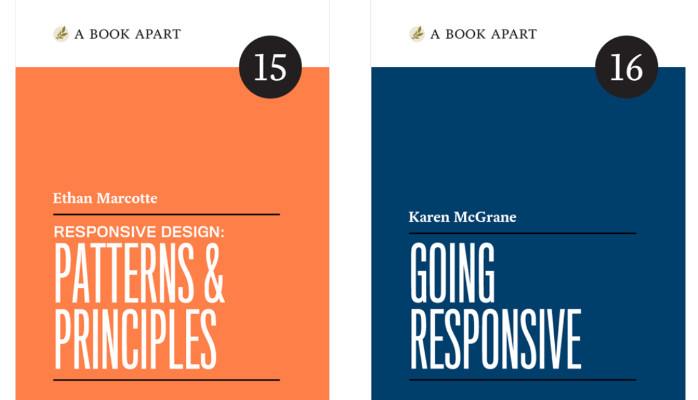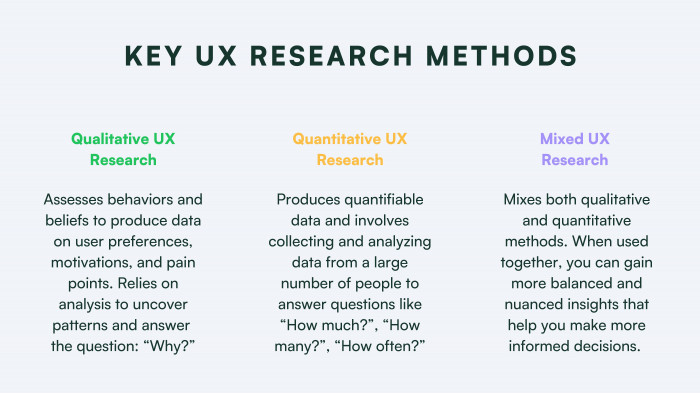
UX designers are highly sought after. You can start out in this field by enrolling in a university course or studying it in an online course. But if you want your skills to be unique, you will need to have many.
You will also need business acumen, empathy, self-awareness, and other skills. These skills will allow you to engage clients and customers in meaningful ways. They will also help you advocate for your design services.

UX designers need to learn how to listen. This is essential because users' preferences and needs can change in response to changes in their environment. This can lead to a shift in proximity, font, or other factors that affect the user's experience with a product.
Good time management skills and adaptability are also important. It will help you make well-informed, data-driven choices by keeping your eye on the big picture. UX designers need to be skilled in technical aspects. If you're able to learn code, it is worth it. Not every job requires you to do this, but it can help you communicate better with developers.
Another essential skill is collaboration. UX design relies on a team approach. To solve problems, you must be able to collaborate with other professionals. You'll need to be able to see how your team can help you accomplish the goal.
A second skill to develop is curiosity. Being curious will help you ask deeper questions and become more involved in your work. That will make you better at your job, and it will help you gain a deeper appreciation for your customers.

It's a great way to learn new skills. Most designs are subject to multiple iterations until they reach their final form. The best way to find mistakes is prototyping. Social media is a great place to share your work.
Design is an ever-evolving field that will continue to evolve and change. It's important to keep up-to-date on the latest trends and techniques. You can find many free resources online to help you develop your skills as a designer. Coursera also offers a variety of courses. These courses are short and easy to follow, with a number of projects. These courses are great for testing your design skills, and to deepen your theoretical knowledge.
Strong portfolios are an important skill in UX design. Getting hired is a competitive process, so it's essential to present yourself well. You can use your portfolio to show off your best work to impress hiring managers.
UX design is a fast-paced field that requires a lot of communication. Communication is what binds stakeholders and designers together. You can also gather valuable information from customers by developing good communication skills. Listening to customers is a great way to identify issues and create solutions.
FAQ
How do you create a free website.
This will depend on the type and purpose of your website. Do you want to sell products online? Start a blog? Build a portfolio?
A combination of HyperText Markup Language, Cascading Stil Sheets and HTML can create an essential website. Although HTML and CSS are possible to create a website, most web developers recommend using WYSIWYG editors such as Frontpage or Dreamweaver.
If you don't have experience designing websites, hiring a freelance developer might be the best option. They can help you create a custom website based on your needs.
Freelancers can charge a flat fee or an hourly rate. It depends on the amount of work that they do in a given time frame.
For example, you might pay $50-$100 an hour to a company. You'll usually get higher rates for larger projects.
A lot of freelance websites offer job listings. There are many websites that list available jobs.
How much do web developers make?
You can expect to make between $60-$80 an hour working on your own website. But if you want to charge a lot more, you should consider becoming an independent contractor. It is possible to charge between $150-200 an hour.
Can I create my own website with HTML & CSS?
Yes, you can! It's possible! You need to have basic knowledge in web design and programming languages, such as HTML (Hyper Text Markup Language), CSS and Cascading Style sheets (Cascading CSS Sheets). These two languages allow you to create websites that can then be viewed by anyone who has access to your internet connection.
Can a strong portfolio make me more likely to get hired as web developer?
Yes. A portfolio is essential when landing a web designer or developer job. The portfolio must show examples of your skills and experience.
A portfolio usually consists of samples of your past projects. These examples can showcase your abilities. Include everything: mockups; wireframes; logos; brochures; websites and apps.
Statistics
- It's estimated that chatbots could reduce this by 30%. Gone are the days when chatbots were mere gimmicks – now, they're becoming ever more essential to customer-facing services. (websitebuilderexpert.com)
- Is your web design optimized for mobile? Over 50% of internet users browse websites using a mobile device. (wix.com)
- Studies show that 77% of satisfied customers will recommend your business or service to a friend after having a positive experience. (wix.com)
- The average website user will read about 20% of the text on any given page, so it's crucial to entice them with an appropriate vibe. (websitebuilderexpert.com)
- Did you know videos can boost organic search traffic to your website by 157%? (wix.com)
External Links
How To
How do I get started as a UI Designer?
Two methods can be used to become a UI developer:
-
You can get a degree from school in UI Design.
-
You can start freelance.
You will need to complete four years of college or university study if you plan to continue your education. This includes psychology, computer science, marketing, art, and business.
You can also take classes at community colleges or state universities. Some schools offer no tuition, while some charge tuition.
You'll need to find work once you have graduated. If you choose to work for yourself, you must build your client base. It is essential to establish a professional network so other professionals know you exist.
Also, you can look for internship opportunities at companies that are specialized in developing web apps. Many companies hire interns to gain experience before hiring full-time employees.
Your portfolio will help to get you more work. You should have work samples and information about the projects you worked on in your portfolio.
It's a great idea to email your portfolio to potential employers.
Freelancers need to promote themselves. You can advertise your services on job boards like Indeed, Freelance, Guru, or Upwork.
Many recruiters post job openings online and assign freelancers. These recruiters find qualified candidates for specific jobs.
These recruiters often provide a briefing detailing the job requirements to the candidate.
A freelancer is not required to sign a long-term contract. It is best to negotiate an upfront fee if you intend to move forward.
Designers prefer working directly with clients over working through agencies. Although this may seem appealing, many people lack necessary skills.
Agency workers have a deep understanding of the industry in which they are working. They have access the right training and resources to ensure they produce high-quality results.
Aside from these benefits, agency workers are often paid a higher hourly pay.
You won't be able to get in touch with your employer directly if you work with an agency.
To succeed as a UI designer, you must be self-motivated, creative, organized, flexible, detail-oriented, analytical, and communicative.
Also, you must have excellent communication skills both verbally and in writing.
UI designers design websites by designing user interfaces (UI), and visual elements.
They also ensure that the site meets users' needs.
This means understanding the needs of visitors and how the site should work.
Wireframes can be created by UI designers with a variety tools. Wireframing helps them visualize the layout of a page before beginning their designs.
Online wireframe templates make it simple to create your own wireframes.
Some designers focus solely on UI design, while others combine UI design with graphic design.
Graphic designers use software such as Photoshop to edit images.
To create pages and layouts, they then use Adobe InDesign.
Photographers capture images using digital cameras or DSLRs.
They then upload the images to a program for photo editing, where they add text captions and filters.
After the shoot, the photographer saves and archives the image in a format compatible with website.
When building a website, it is essential to consider all aspects of the design process.
This includes research, planning, wireframing, prototyping, testing, coding, content creation, and publishing.
Research - It's essential to conduct thorough research before starting a new project.
Planning - After you have completed your research, it's time to start creating a plan.
Wireframing - A wireframe is a preliminary sketch of a web page or application.
Prototyping - Prototypes help ensure that the final product matches the initial vision.
Testing – The prototype should go through multiple rounds to be tested in order for it to work properly.
Coding – Coding is the art of writing computer codes.
Content Creation - This includes everything from managing social media accounts to writing copy.
Publishing involves uploading files to a server, and making sure the site is accessible.
You will be required to study about other projects in order to work as a freelance UX/UI design.
Some companies may only need wire frames while others require complete prototypes.
Depending on which type of project you accept you might be asked to do specific tasks.
You might, for example, be asked to create multiple wireframes if you're being hired to do wireframe design.
You may need to develop a functional version of the site if you are hired to build a prototype.
Regardless of the type of project, it's important to have strong interpersonal skills.
Since most clients hire freelancers based on referrals, you must build solid relationships with potential employers.
Additionally, communication skills are essential.
A portfolio is an essential part any freelancer's arsenal.
It displays your work and shows your ability to produce high-quality results.
This is possible by creating an online portfolio.
You can find similar websites to yours online to help you get started.
Next, search these sites to discover which site offers what services.
After identifying the best practices that you believe to be most successful, you can go ahead and implement them.
It's also beneficial to include links within your resume to your portfolio.